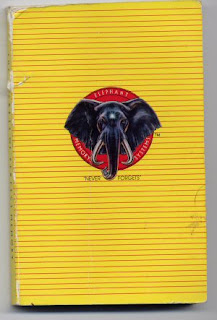Down Time Project
I strained some lower back muscles on Thursday and since then I've been taking muscle relaxants, ibuprofen, sleeping a lot and generally taking it easy. I took advantage of the down time to start writing the alternate regular expression parser I recently blogged about. The syntax has changed a little but the spirit of the original idea are intact. The following are some samples of what it can generate.
The expression (Standard and Verbose) in each box are identical. The result of running the verbose syntax parser is the standard expression.
Standard Regex:
^(([^<>()[\]\\.,;:@"]+(\.[^<>()[\]\\.,;:@"]+)*)|(".+"))
Verbose Regex:
define restricted ('<>()[]\\.,;:@"')
anchor begin
group(
group(
oneOrMore(notAny(restricted)) +
zeroOrMore('.' + oneOrMore(notAny(restricted))
)
)
or group('"' + oneOrMore(any) + '"')
)
Standard Regex:
^[a-zA-Z0-9](([_\.\-]?[a-zA-Z0-9]+)*)@([a-zA-Z0-9]+)
(([\.\-]?[a-zA-Z0-9]+)*)\.([a-zA-Z]{2,})$
Verbose Regex:
define ALPHANUM (range('a','z','A','Z','0','9'))
define ALPHA (range('a','z','A','Z'))
anchor begin
ALPHANUM +
group(zeroOrMore(zeroOrOne('_.-') + oneOrMore(ALPHANUM)))
+ '@' +
group(oneOrMore(ALPHANUM)) +
group(zeroOrMore(zeroOrOne(any('.-')) + oneOrMore(ALPHANUM))) +
'.' +
group(repeat(ALPHA,2, ))
end anchor
The expression (Standard and Verbose) in each box are identical. The result of running the verbose syntax parser is the standard expression.
I haven’t added the named groups feature I talked about yet. I wanted to get the basic parser done first. I also need to expand my set of unit tests and flush out the capabilities. I’ve seen certain expressions that I cannot even read so it’s quite difficult to know how to parse them. If nothing else this project is honing my regular expression skills.

Comments